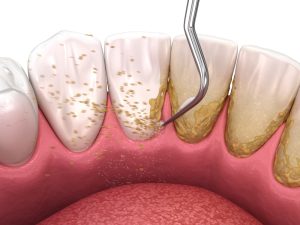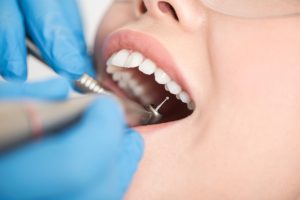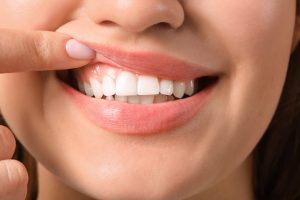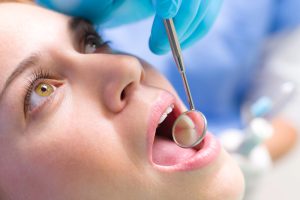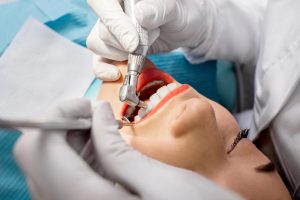How has the evolution of denture technology revolutionized the way we smile? Over the years, advancements in materials and design have significantly improved the comfort, appearance, and functionality of dentures. This evolution has made it possible for individuals to enjoy a more natural-looking smile and enhanced quality of life.
History of Denture Development
The journey of denture development is a fascinating tale that stretches back centuries, illustrating humanity’s enduring quest to solve the problem of tooth loss. Initially, dentures were made from materials readily available in nature, such as animal teeth or wood, reflecting the ingenuity of early civilizations. Over time, the evolution of dentures has been significantly influenced by advancements in dental technology and materials science. This progression from rudimentary solutions to today’s sophisticated prosthetics underscores a remarkable chapter in the history of dental care.
One intriguing aspect of this history is how dentures have been represented in various cultural artifacts. Dentures Depicted in Art and Books offers a unique lens through which to view the societal perceptions and technological advancements related to dentures over the ages. From early depictions that highlight the social stigma associated with tooth loss to more modern representations that celebrate technological progress, the portrayal of dentures in art and literature provides valuable insights into the human experience with dental prosthetics.
Advances in Materials Used
The evolution of denture technology has been significantly influenced by the advances in materials used to create these essential dental appliances. Traditionally, dentures were made from materials that, while functional, often fell short in terms of comfort, durability, and aesthetic appeal. However, recent years have seen a remarkable shift towards the use of more advanced, high-quality materials that mimic the natural appearance of teeth and gums more closely than ever before. These innovative materials not only offer enhanced comfort and a more natural look but also contribute to the overall strength and longevity of the dentures, revolutionizing the way individuals experience their smiles.
Moreover, the development of these advanced materials has opened up new possibilities for customization and precision in denture manufacturing. With the advent of digital dentistry, dental professionals can now design and create dentures that are tailored specifically to the unique contours of an individual’s mouth, ensuring a perfect fit and optimal functionality. This progress in material science and manufacturing techniques is transforming the landscape of dental prosthetics, making it possible for more people to access high-quality solutions that meet their needs. For those interested in exploring these advancements further, Quality Dentures at Virginia Beach offers a glimpse into the future of dental prosthetics.
Precision in Digital Denture Design
The evolution of denture technology has been significantly marked by the advent of digital denture design, a process that has revolutionized the way dental professionals approach the creation and fitting of dentures. This digital approach leverages advanced software and imaging techniques to craft dentures with an unprecedented level of precision. By accurately mapping the oral landscape, digital denture design ensures a fit that closely mimics natural teeth, enhancing comfort and functionality for the wearer. This leap in dental technology not only streamlines the manufacturing process but also elevates the overall patient experience, promising a future where smiles are not just restored, but beautifully transformed.
Impact on Patient Comfort
The evolution of denture technology has significantly enhanced the comfort levels for patients worldwide. With advancements in materials and design, modern dentures are now more lightweight, fitting more snugly and comfortably than ever before. This progress means less irritation and a more natural feel for those who rely on these dental solutions, making daily activities such as eating and speaking much easier. The focus on patient comfort in the development of new denture technologies underscores the dental community’s commitment to improving the quality of life for individuals requiring dental prosthetics. For those seeking compassionate care and expertise in this field, Goyal Dentistry stands out as a Virginia Beach Dentist, dedicated to revolutionizing smiles with the latest in dental advancements.
Future Trends in Denture Technology
The landscape of denture technology is on the brink of a significant transformation, driven by advancements in materials science and digital fabrication techniques. As we look to the future, the integration of biocompatible materials promises to enhance the comfort and durability of dentures, making them more akin to natural teeth in both appearance and functionality. Concurrently, the adoption of 3D printing and computer-aided design (CAD) is set to streamline the manufacturing process, offering customized solutions that cater to the unique needs of each individual. These evolving technologies not only aim to improve the quality of life for denture wearers but also herald a new era in dental prosthetics where innovation meets practicality.
Conclusion
Embrace the future of dental care and see how it transforms lives. For more insights, read our reviews on Google Maps or call us at 757-427-0695.


